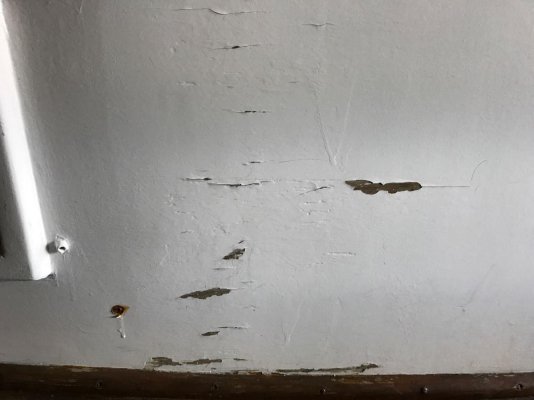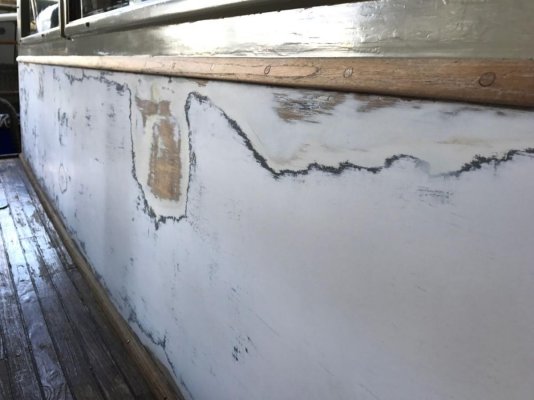Modarcy3054
Newbie
- Joined
- Apr 30, 2017
- Messages
- 2
- Location
- US
- Vessel Name
- Grand Cru
- Vessel Make
- Grand Banks Classic 1971
Only on the port side which is subjected more to weather. This is a wooden beauty classic design and very dismayed about this and wondering what caused this? This is not on the hull but on the upper housing.
Big issue as the person who did the job is coming up with all kinds of excuses.
Best,
Mo
Big issue as the person who did the job is coming up with all kinds of excuses.
Best,
Mo




